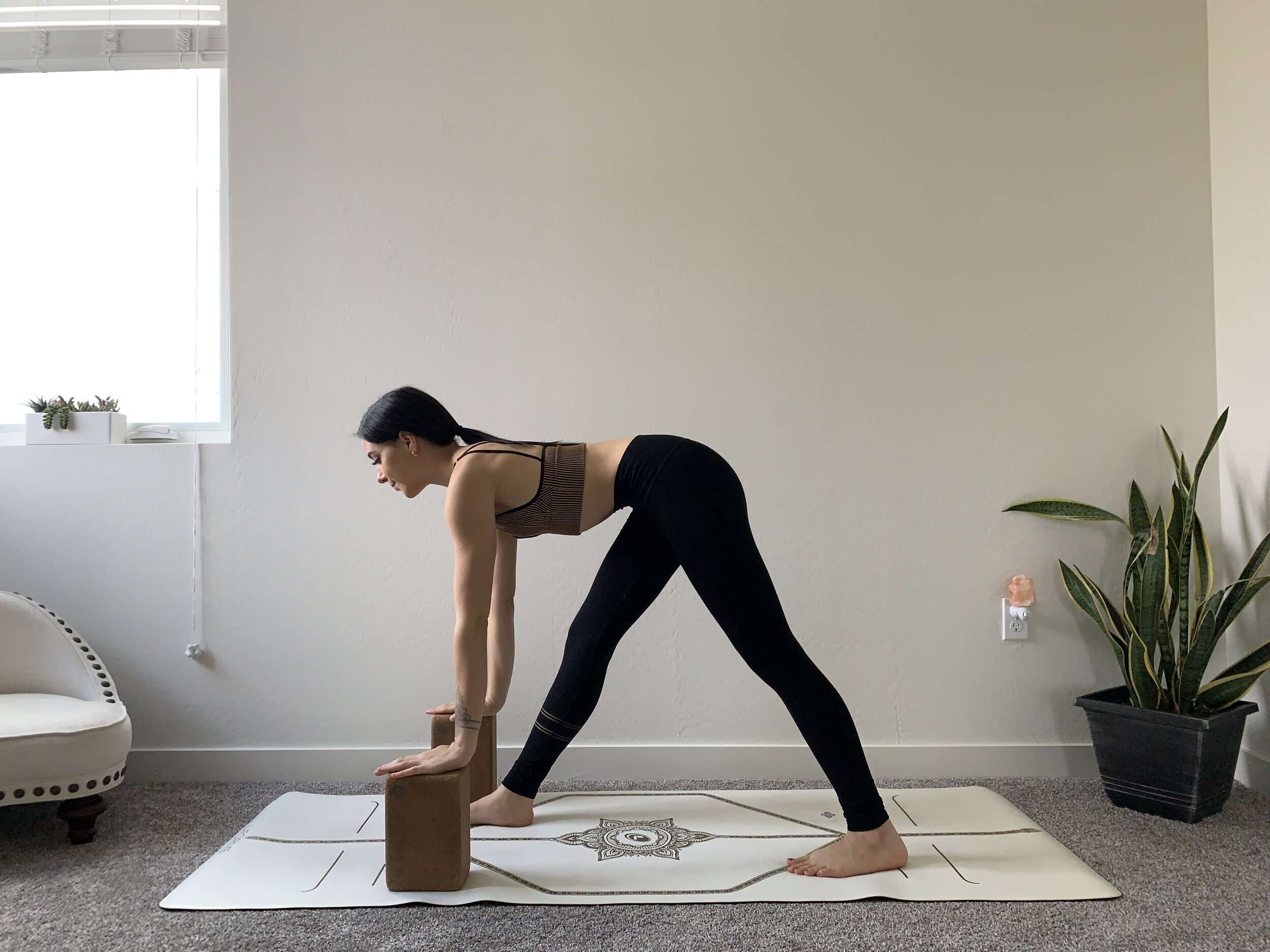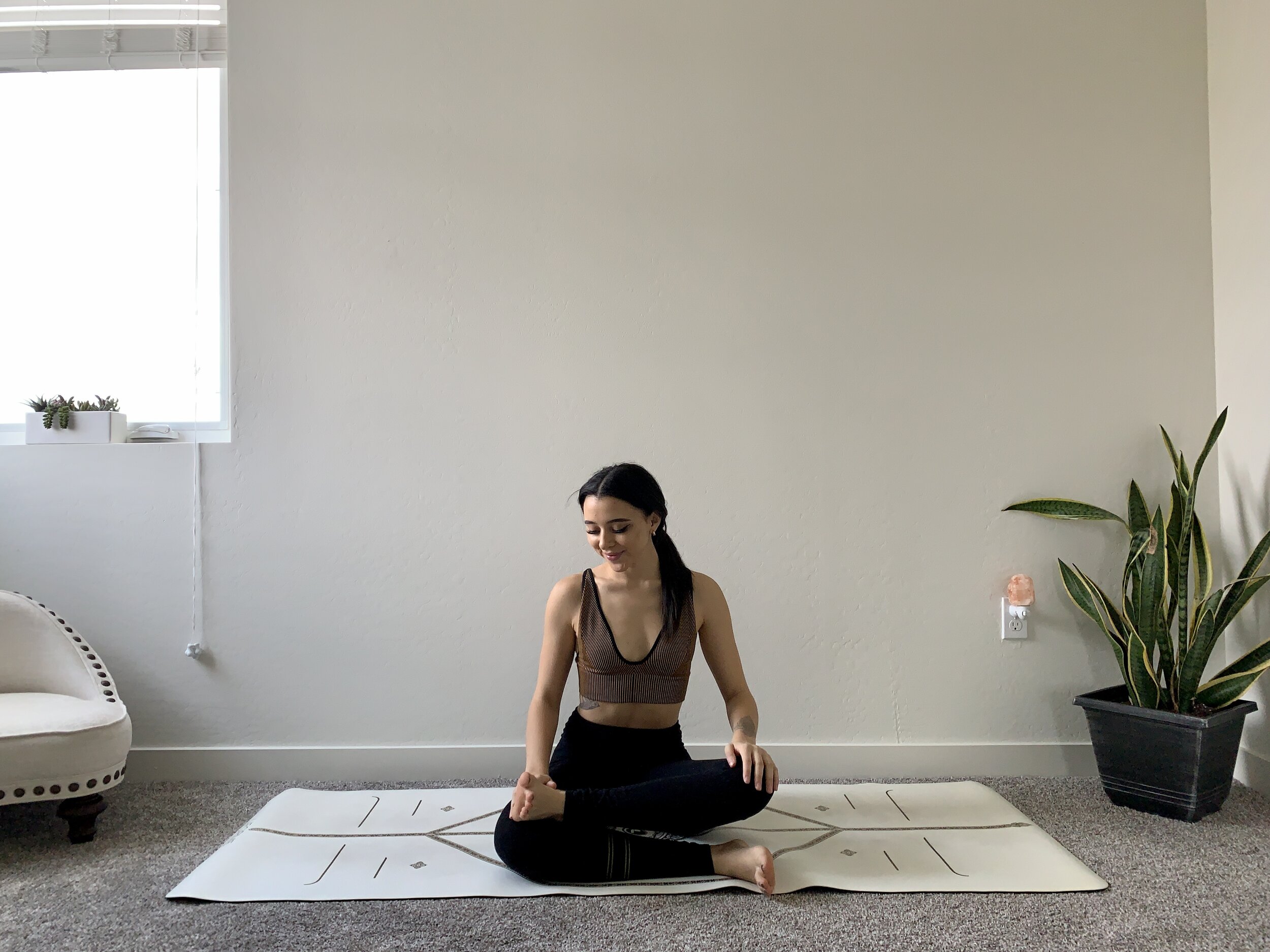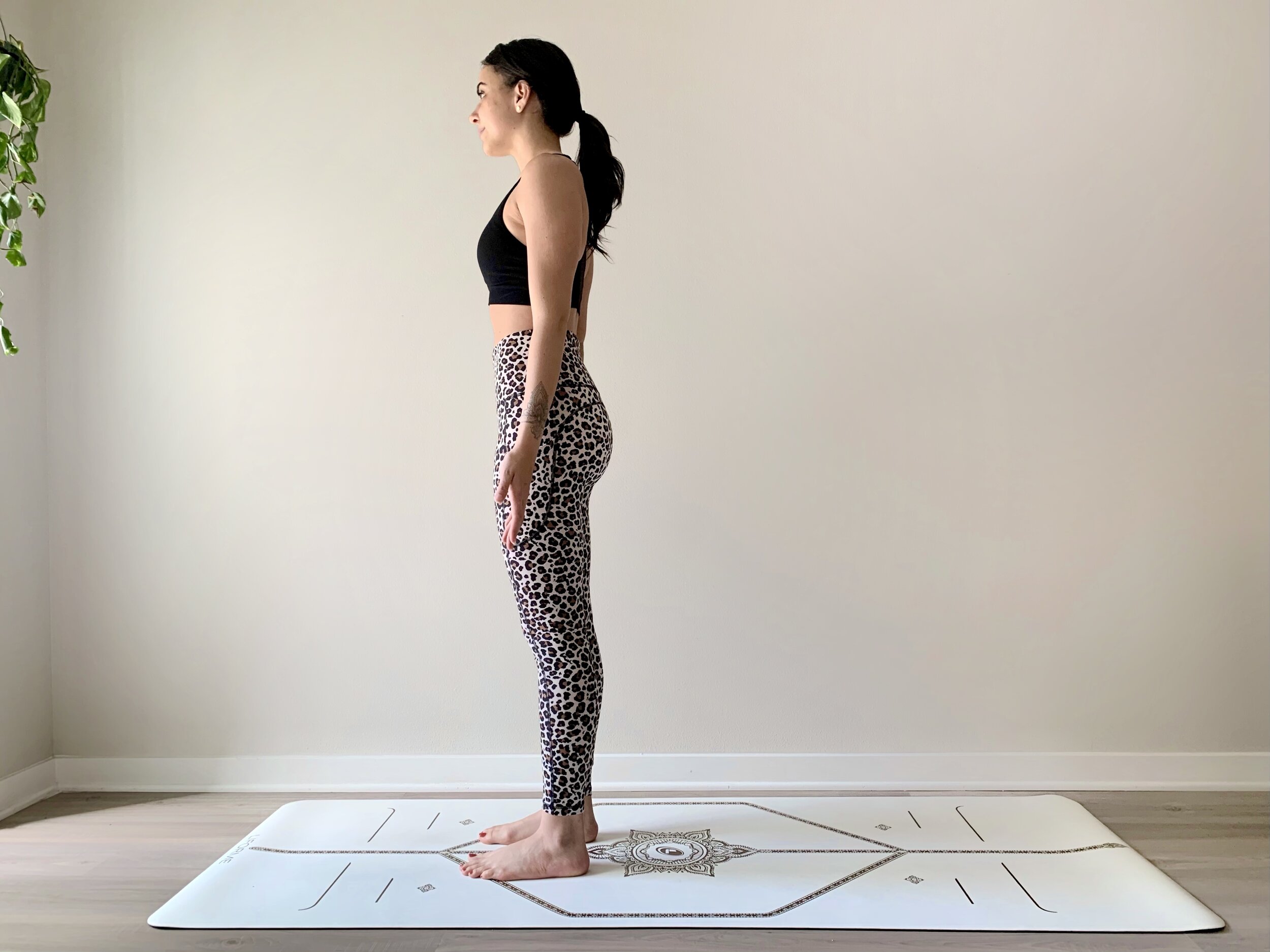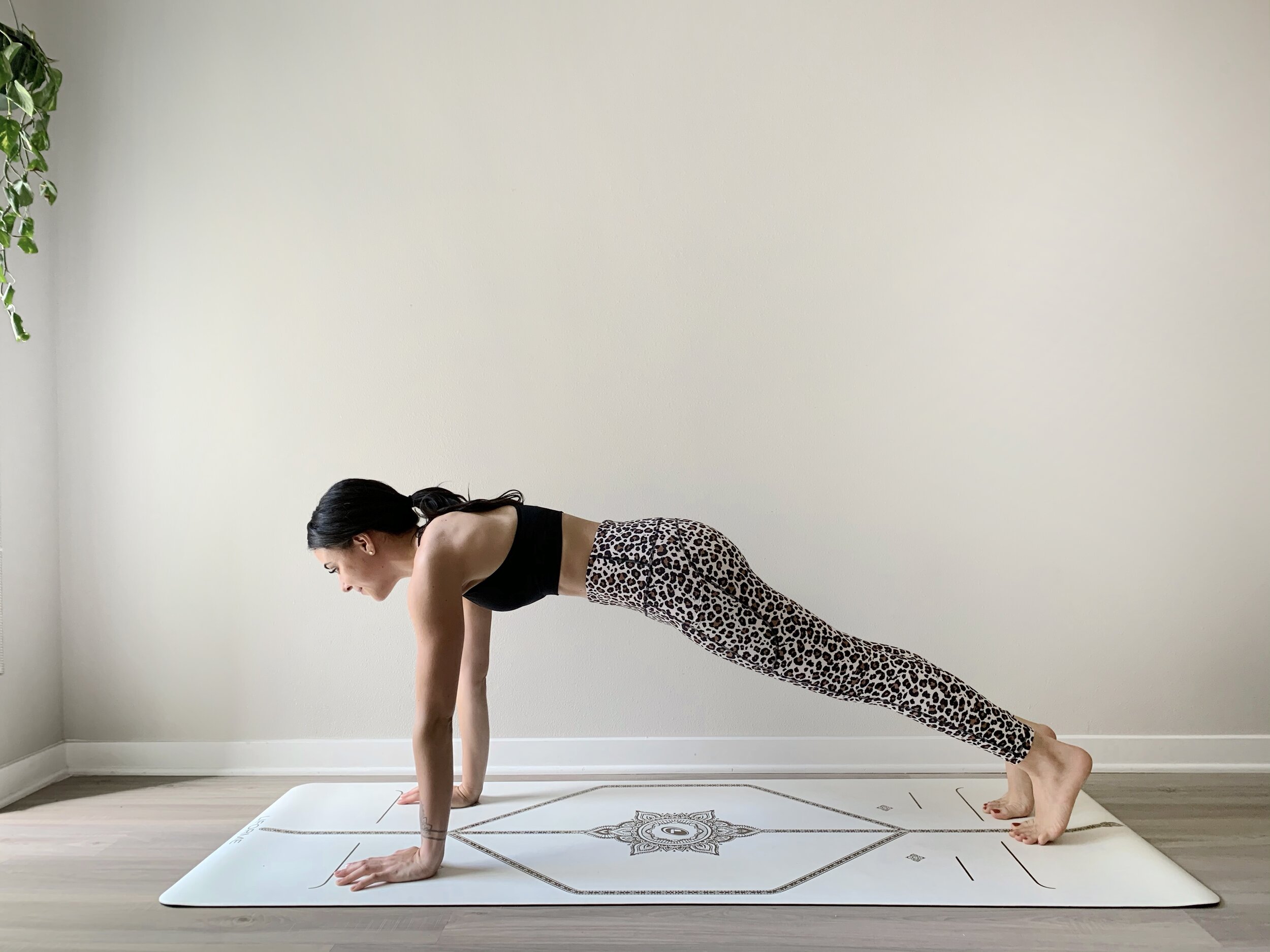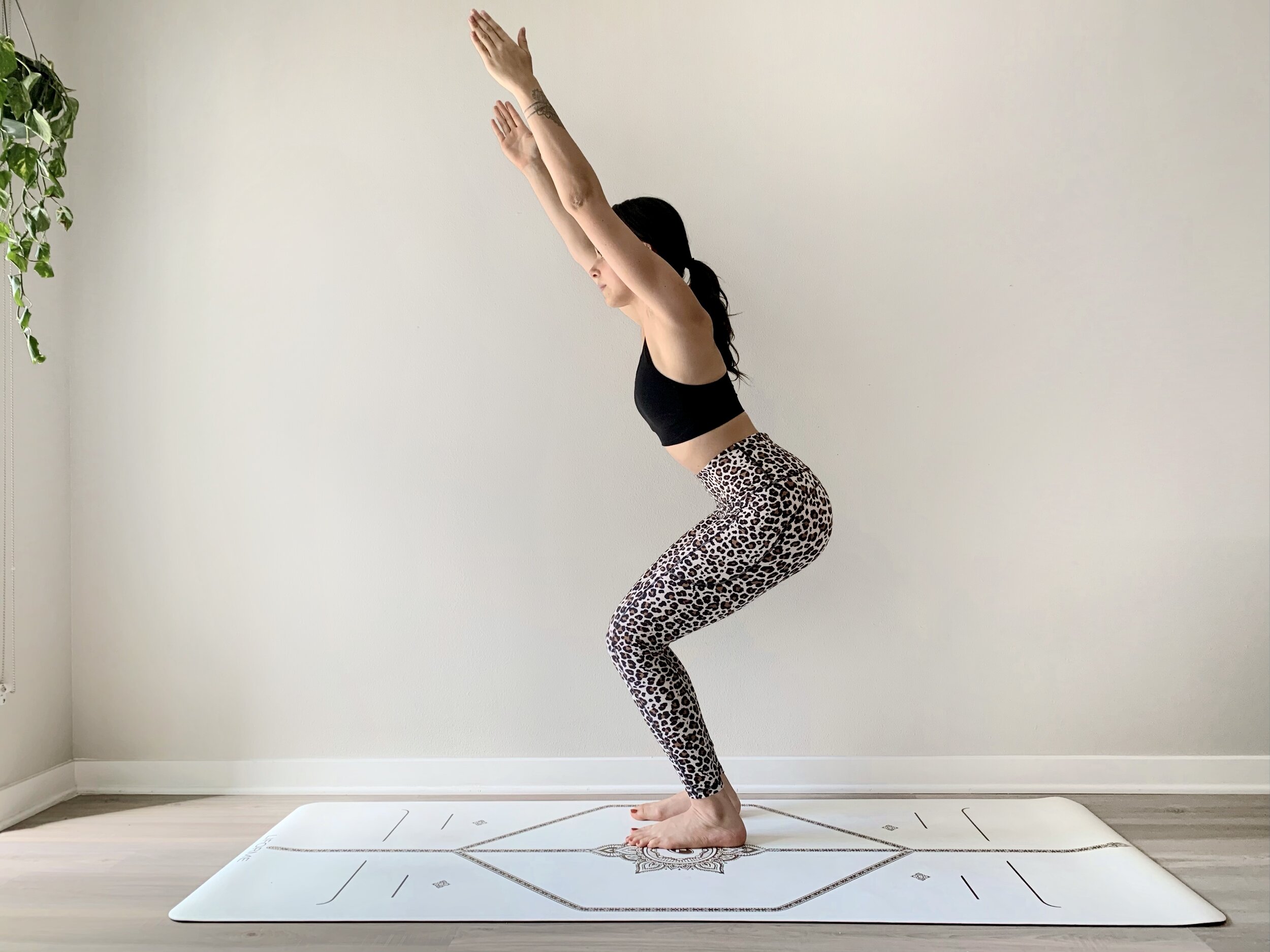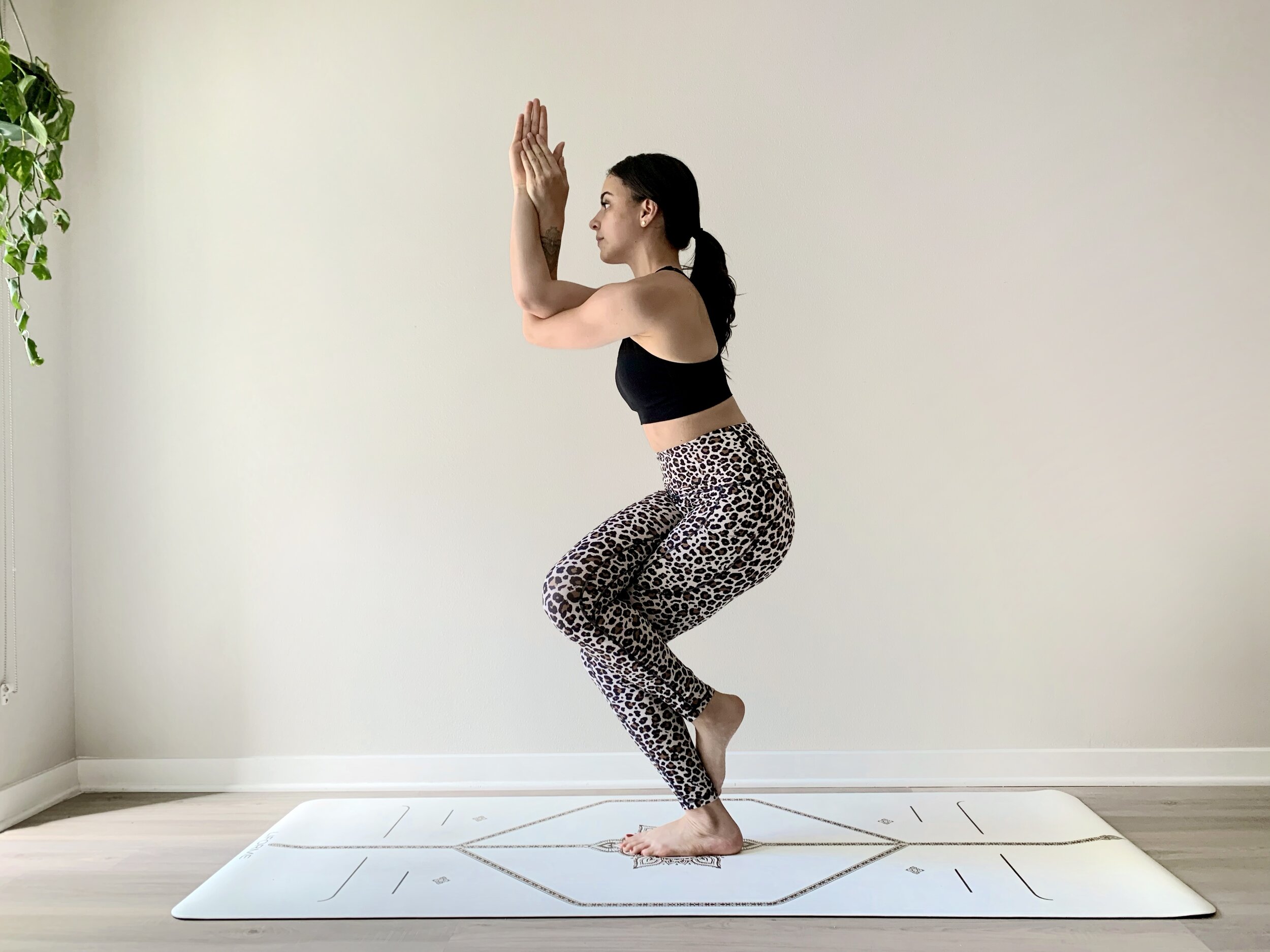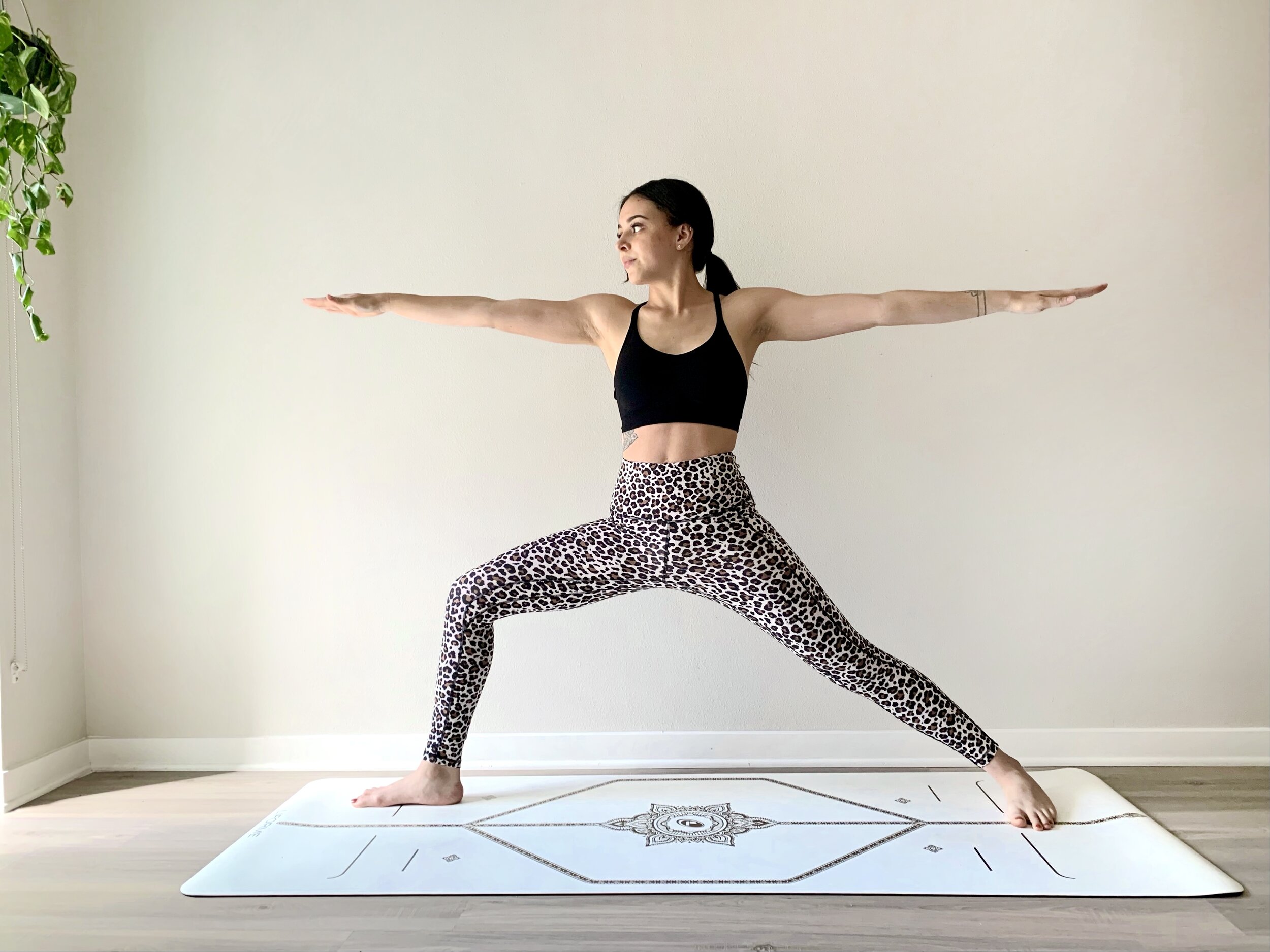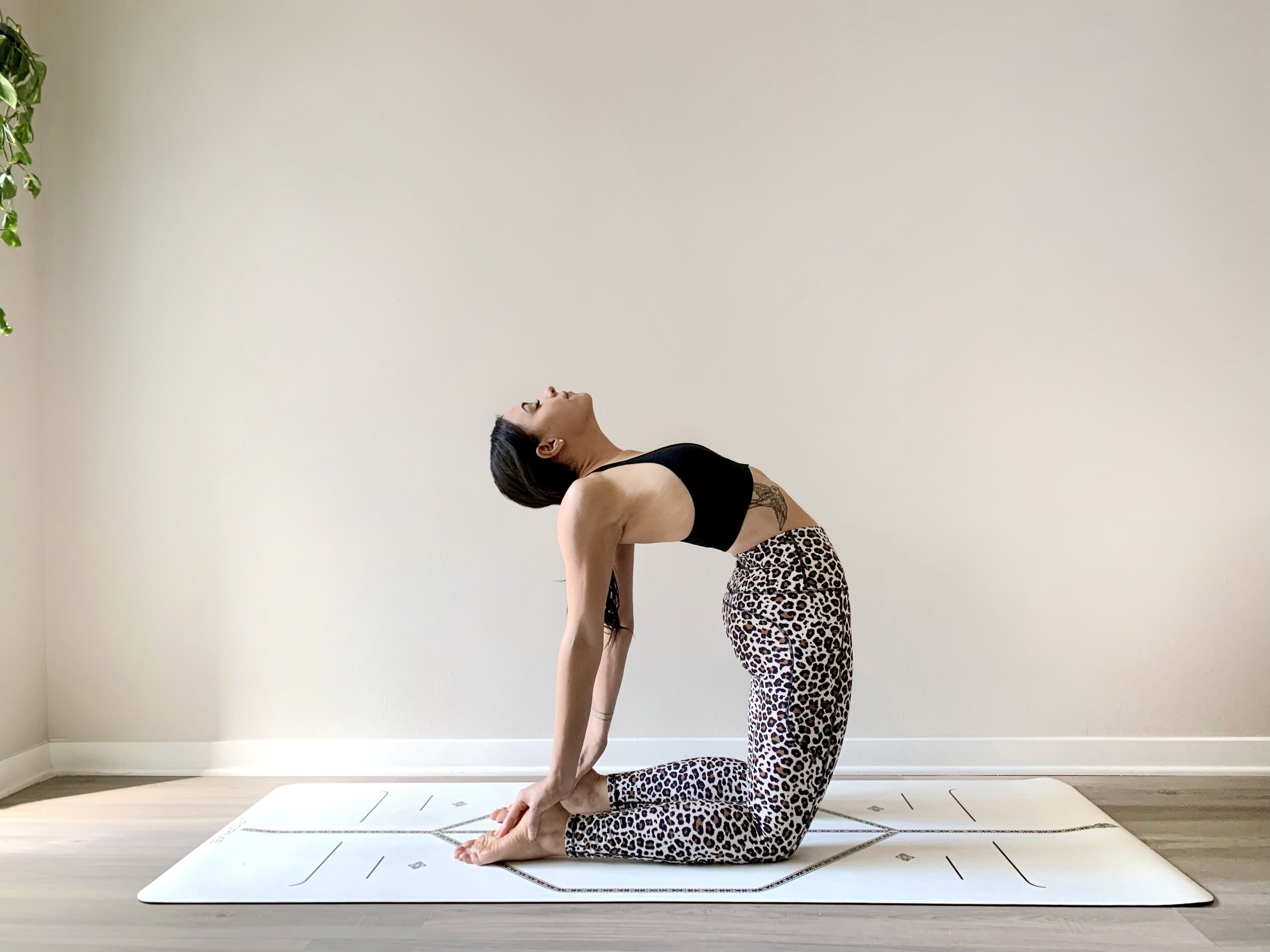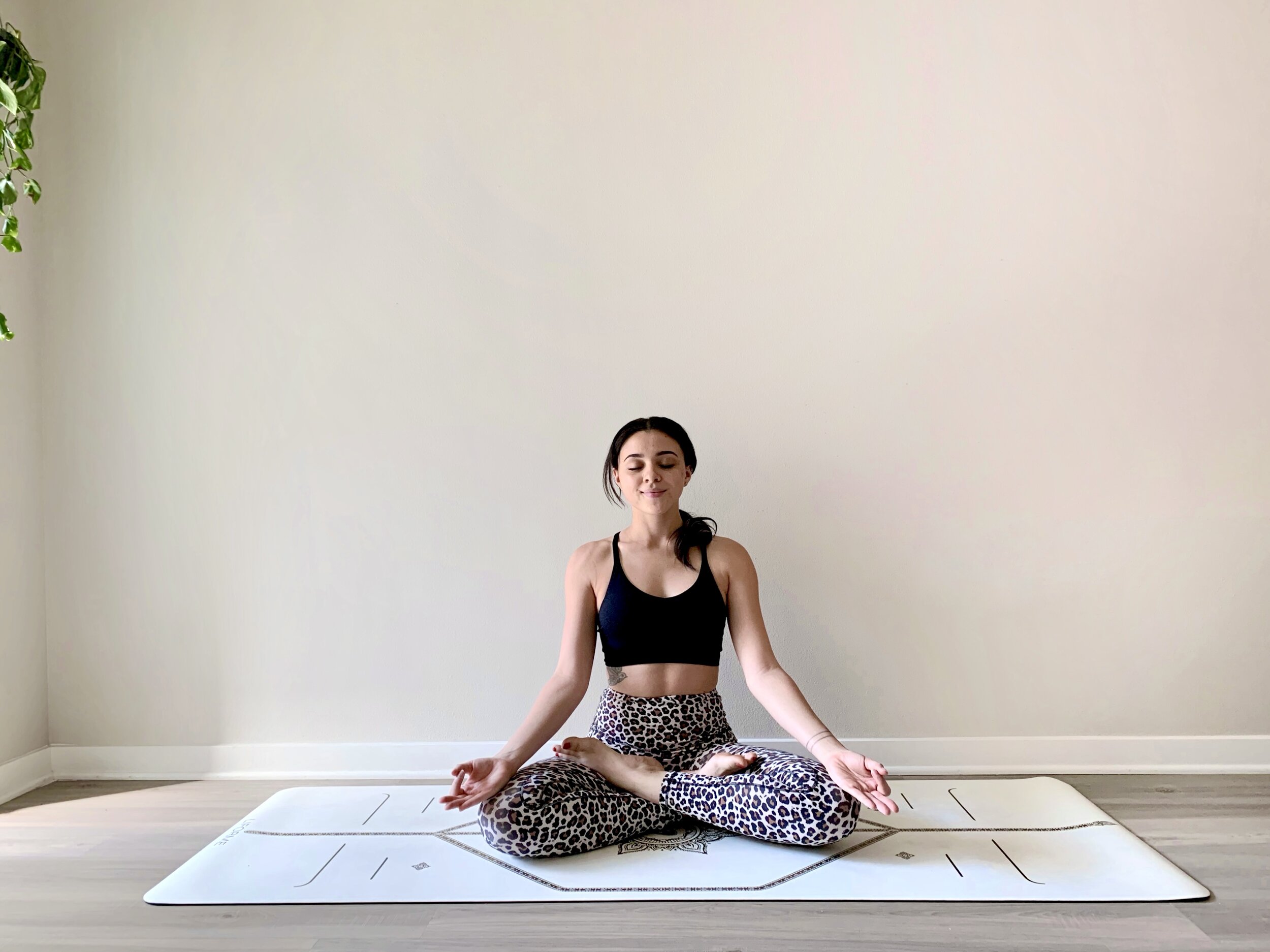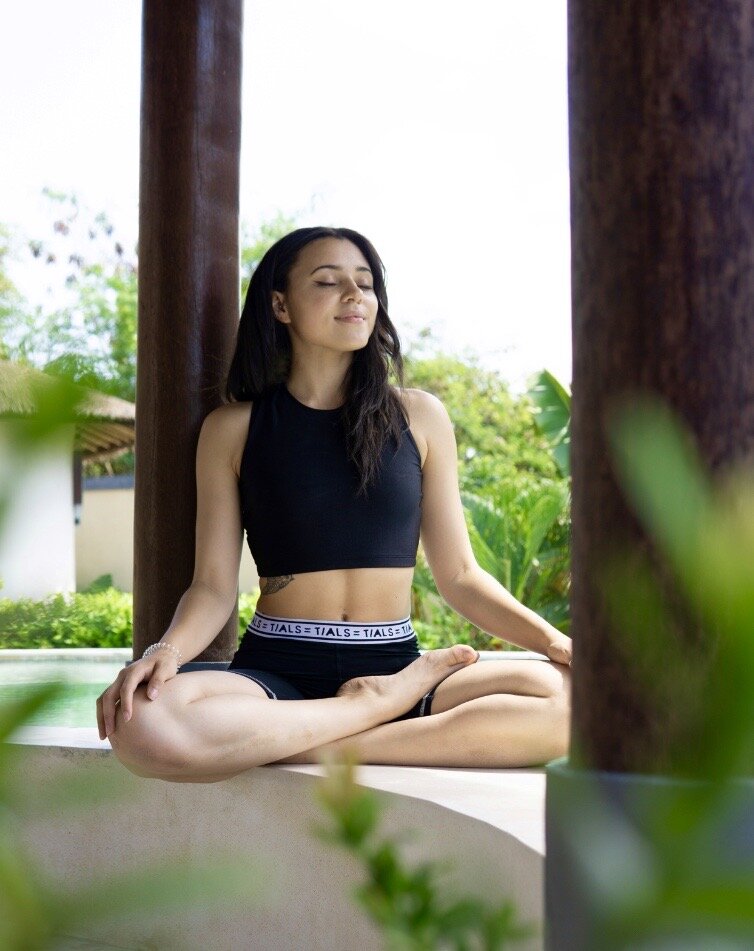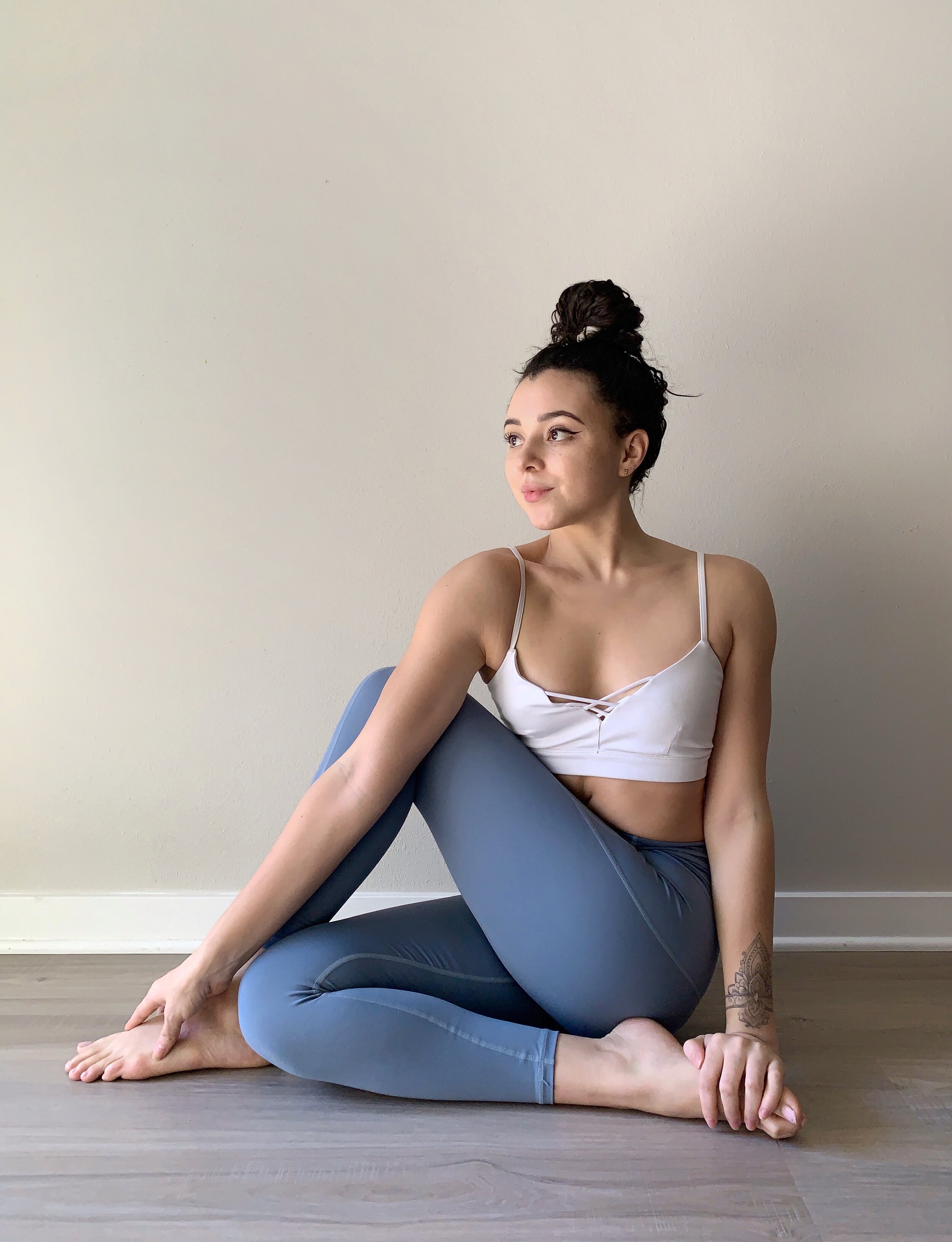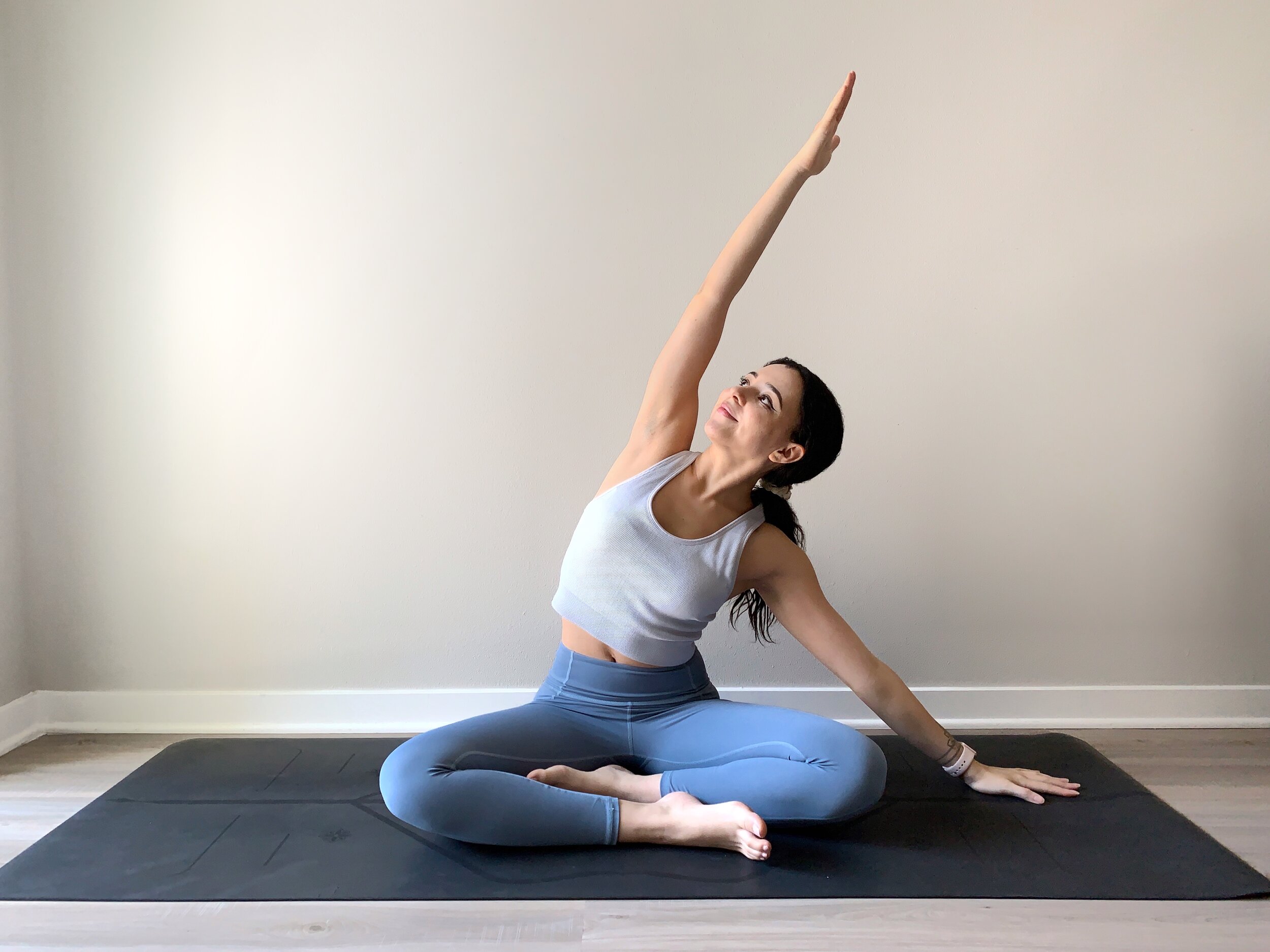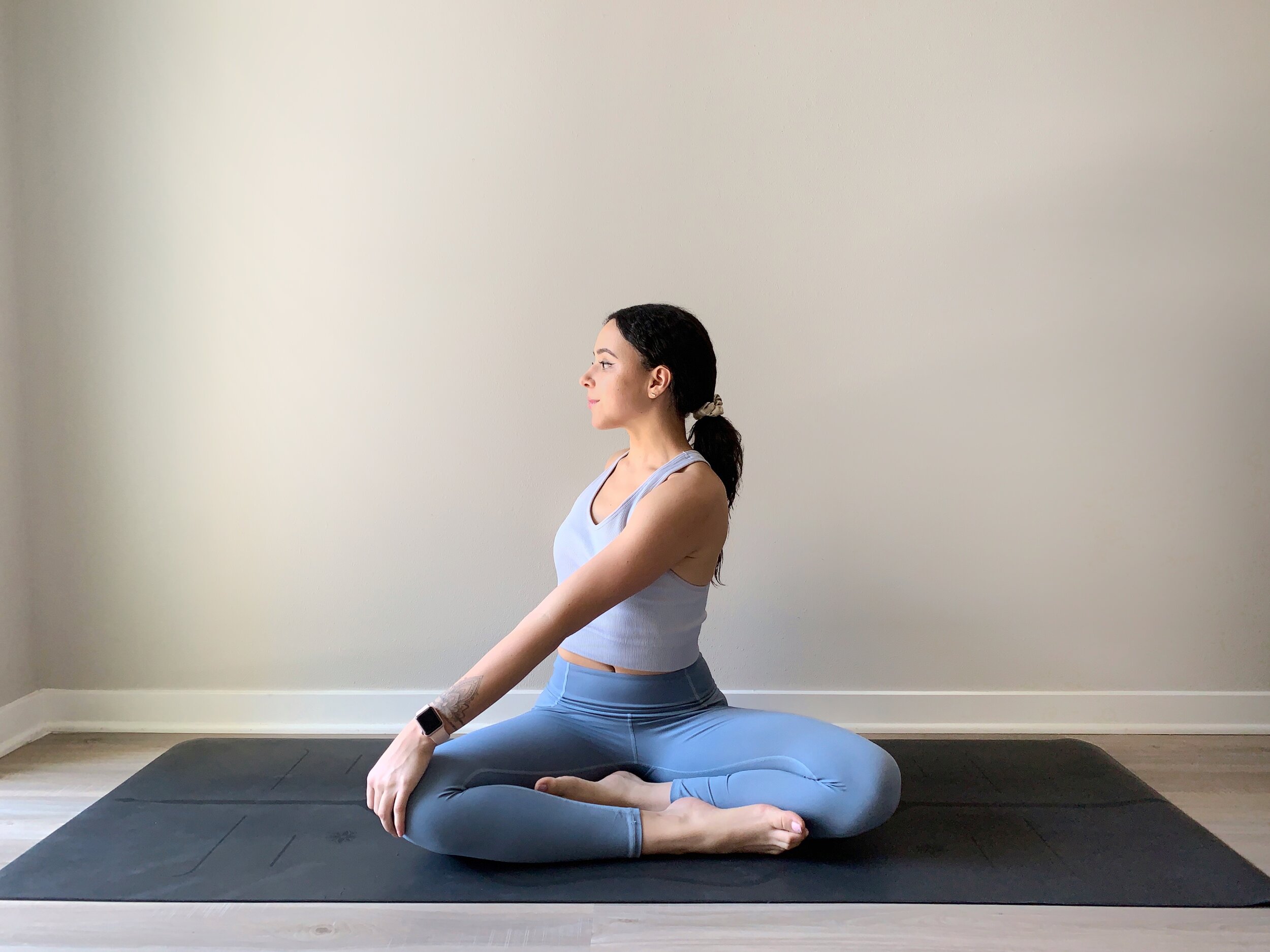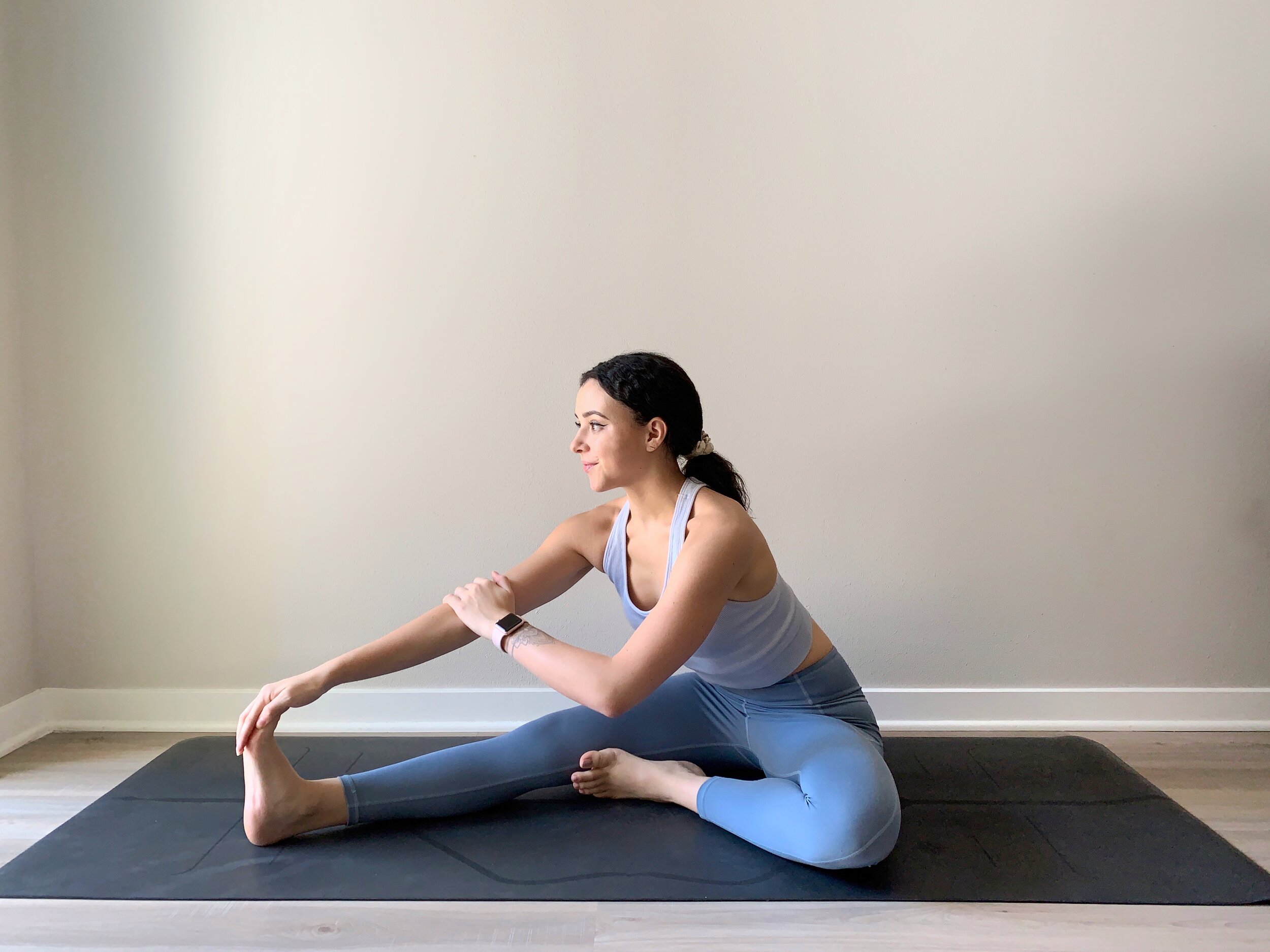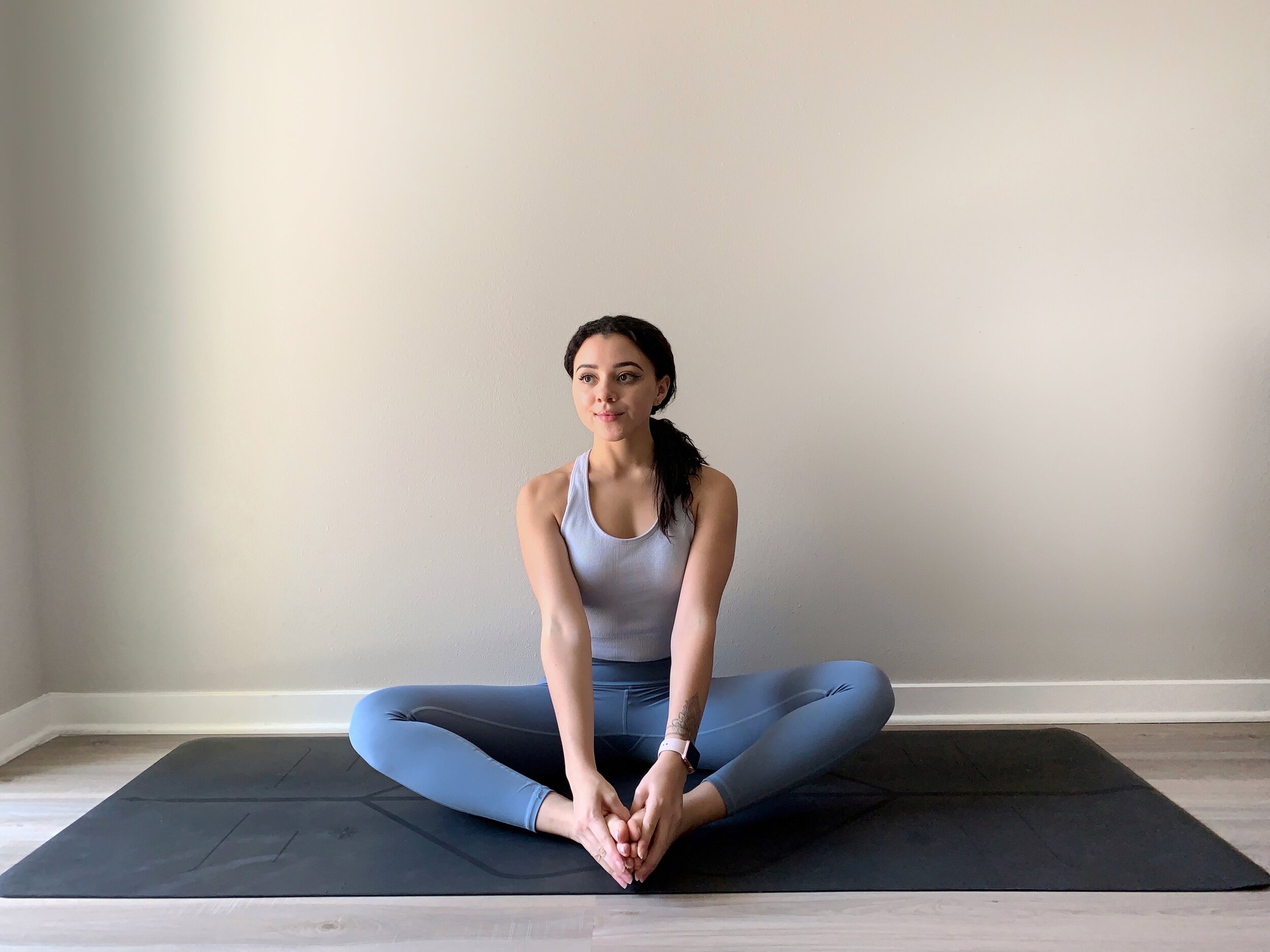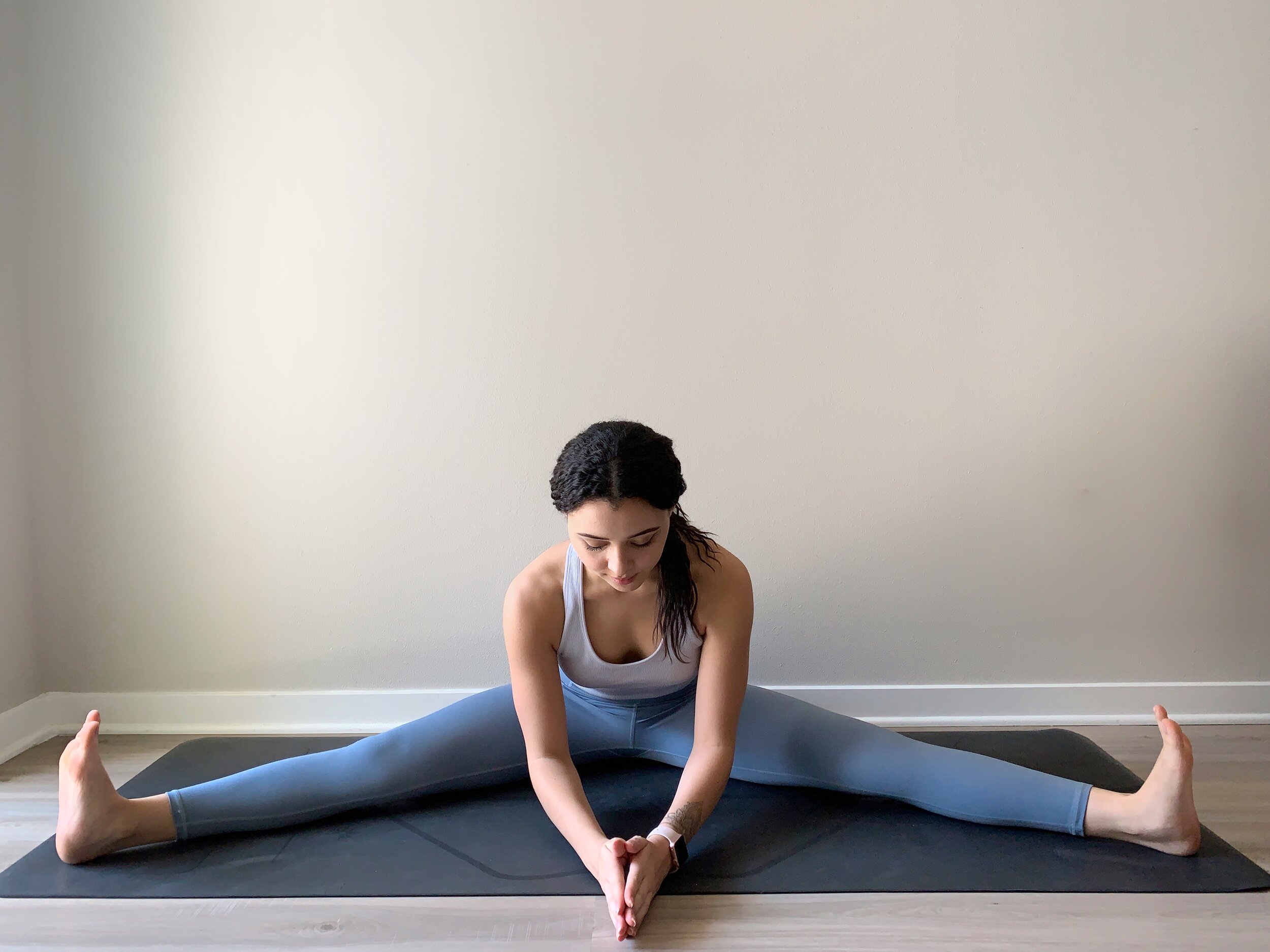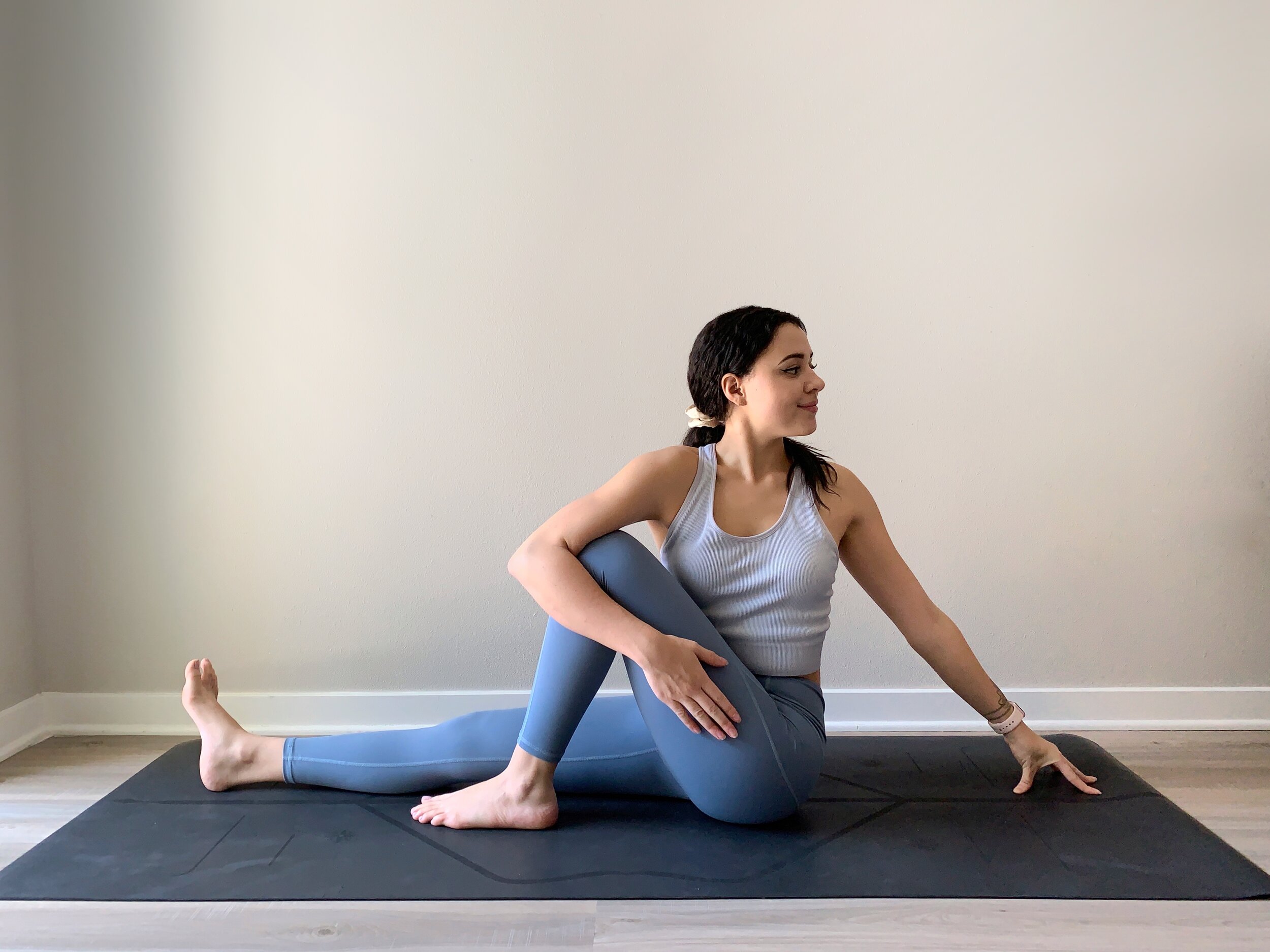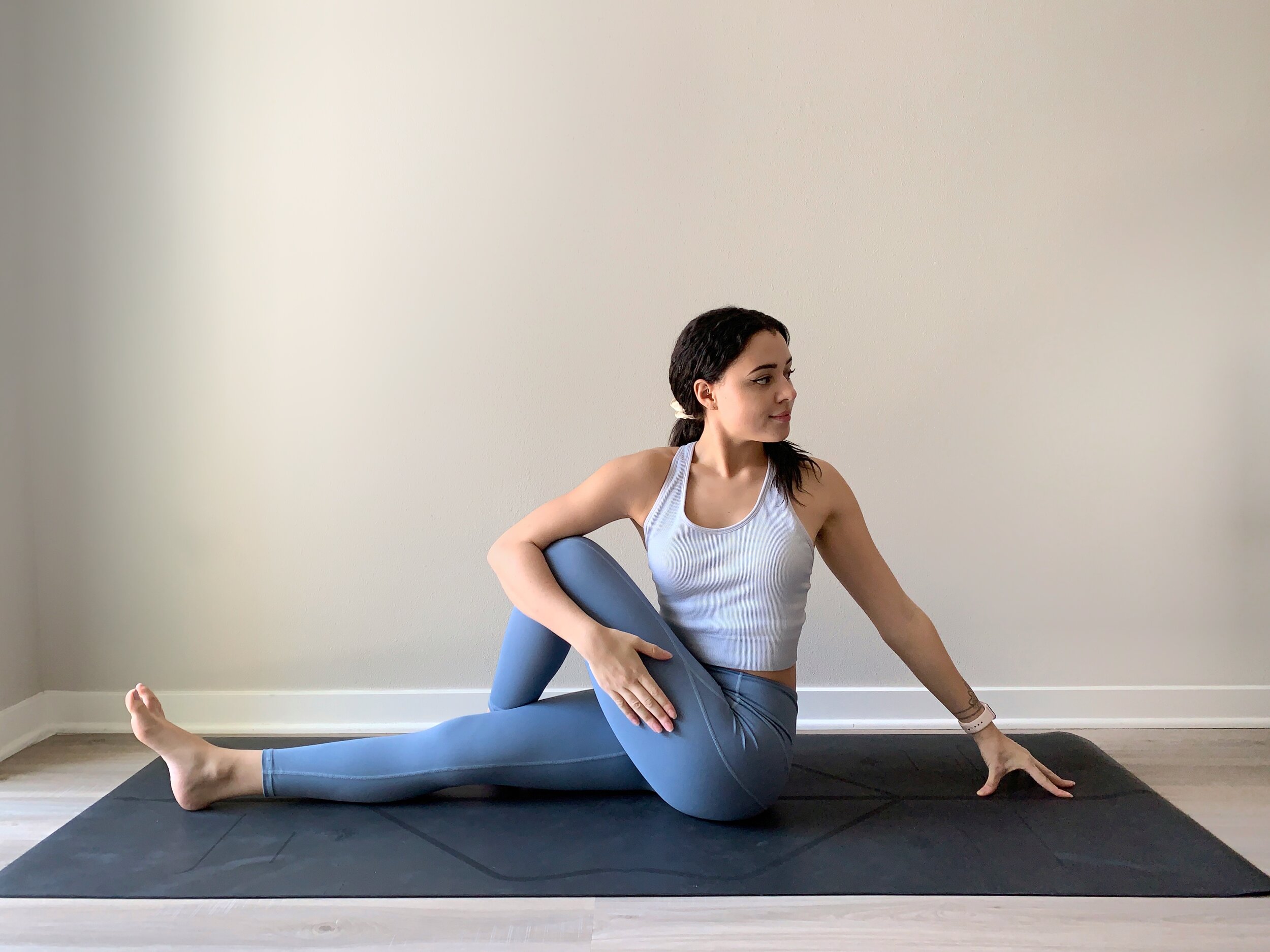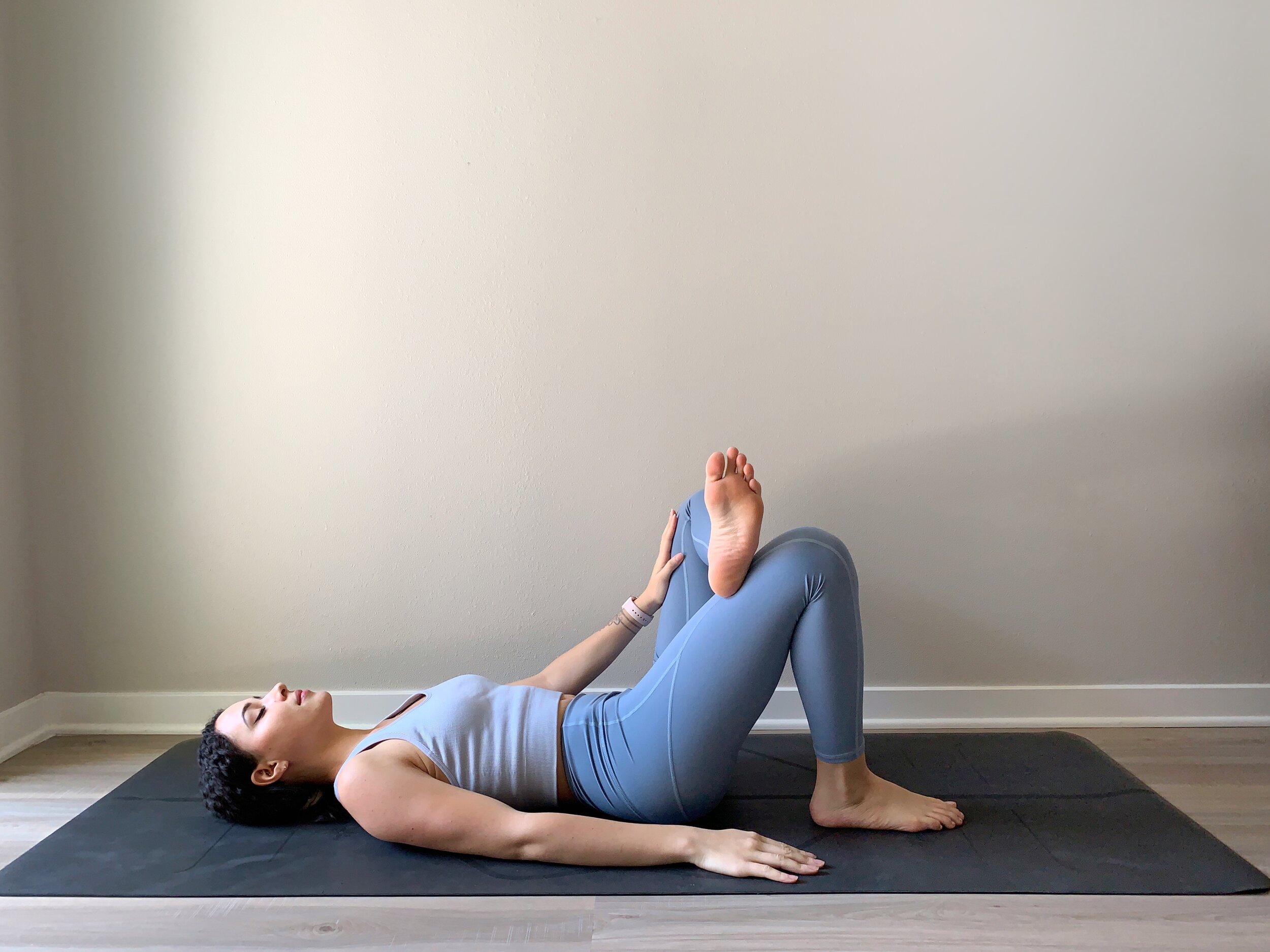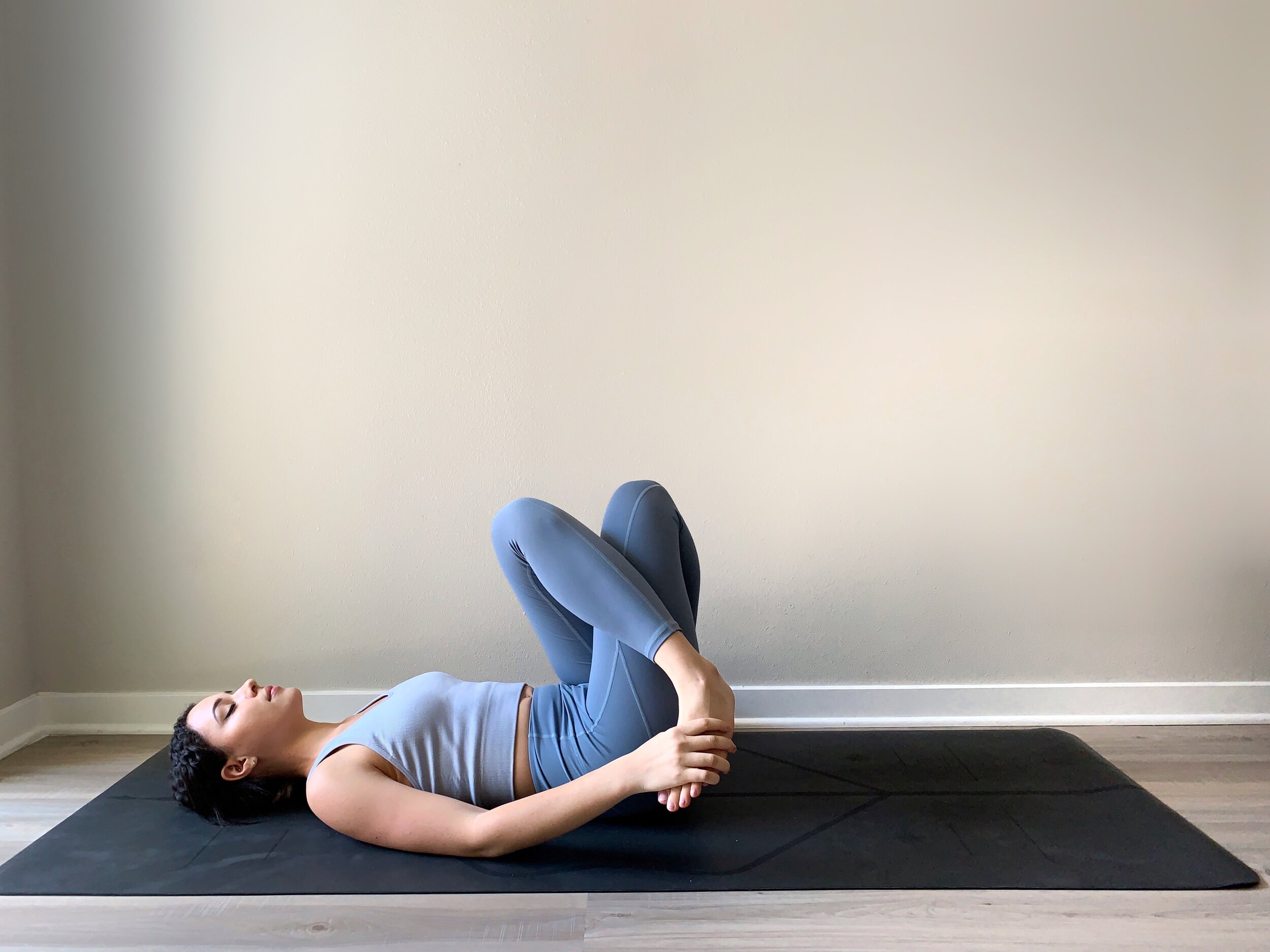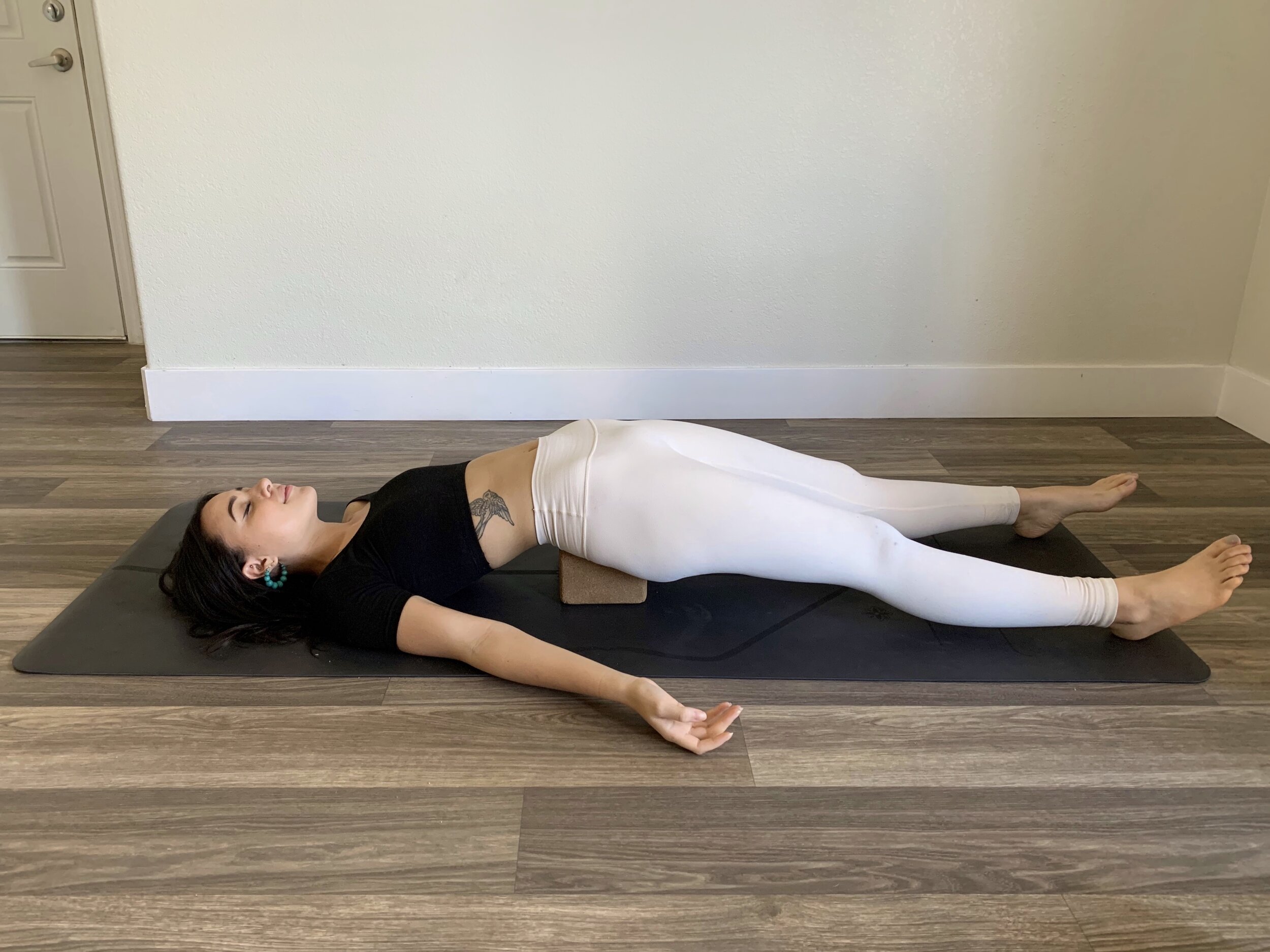Before I became a full-time yoga instructor, I worked at a chiropractic clinic as a massage therapist. I went to a bodywork school and studied neuromuscular therapy, structural integration and myofascial release. Although I was only in the field for less than two years, I’m grateful for the knowledge that I learned because I’m still able to weave it into my yoga teachings today!
Anatomy and the technical exploration of asana is something I’m really passionate about. For instance, we often talk about poses that open or stretch the hips in yoga, but what does that really mean? The hips are a complicated area, anatomically speaking. Generally, when we talk about opening the hips we're referring to the muscles around the pelvis, legs, lower spine and sacrum. These include big muscle groups like the hip flexors, hamstrings, glutes, adductors (inner thighs) and abductors (outer thighs), as well as many smaller, deeper muscles including the piriformis and the psoas.
Many people find that their "hips" are tight due to spending a lot of time sitting, both at work and in cars. This tightness, which can cause back pain and sciatica and affect mobility, is really in all the muscles surrounding the pelvis. People think hip openers are limited to poses like pigeon, where the femur is externally rotated, but something like eagle, where the leg is internally rotated is also a hip stretch.
So what does this mean? Essentially, almost any yoga pose can be thought of as a hip opener since we are using the muscles around the hips in many different ways.
The sequence below offers a variety of poses to improve hip flexibility and mobility. We’ll take a look at three stretches for each compartment of your hip (Hip Flexors, Adductors, Hamstrings, External Rotators, Abductors). This is my go-to hip routine that is safe to practice several times a week. I love the feeling of space and strength it gives me. I hope it helps you feel good in your body, too!
15 Hip Opening Yoga Poses
Hip Compartment #1: Hip Flexors
Pose 1: Anjaneyasana (active)
Keep your back thigh vertical in this low lunge. Why? Because keeping your back thigh vertical and stacking your pelvis and spine directly over your thigh helps stretch your quadriceps and hip flexors. Keep the core engaged and legs squeezing in towards each other.
Pose 2: Anjaneyasana (passive)
Lower your hips forward and down to isolate and stretch your hip flexors, especially your rectus femoris. The pelvis is anteriorly tilted to provide lumbar and hip extension.
Pose 3: Anjaneyasana with side bend
Leaning into the side bend from Anjaneyasana helps stretch your obliques and quadratus lumborum along with your hip flexors. Use a block for added support.
Hip Compartment #2: Adductors
Pose 1: Malasana
Malasana provides a thorough, inner leg stretch while also flexing the knees and hips deeply.
Pose 2: Utthan Pristhasana
This is a variation on Lizard pose that stretches the outer hip (adductor) muscles, including the gluteus medius.
Pose 3: Bound Side Angle
The action of binding in this posture provides you with a shoulder opener in addition to the adductor stretch.
Hip Compartment #3: Hamstrings
Pose 1: Parsvottanasana
This foundational standing pose allows you to focus on stretching one set of hamstrings at a time. This may be more effective for students with tight hamstrings than stretching both sets of hamstrings at a time like you do in Uttanasana.
Pose 2: Prasarita Padottanasana
In addition to stretching your hamstrings, this wide-legged forward fold pose also stretches your adductors.
Pose 3: Half Split or Standing Split
Half Split is a great stretch for beginners working on their hamstrings. Beginners should keep the chest lifted and spine extended long. For a deeper stretch, fold forward without compromising a straight spine.
Standing Split, while similar to Parsvottanasana, is a more advanced one-legged standing posture which provides a deep, isolated hamstring stretch. Use blocks for more support.
Hip Compartment #4: External Rotators
Pose 1: Pigeon and Reclined Pigeon Pose
This intermediate posture uses the weight of your entire body to stretch your external rotators. Stay upright or fold forward in this variation.
For a more restorative stretch, recline on your back and clasp your leg to stretch your glutes, external rotators and abductors.
Pose 2: Ankle-to-Knee
Placing one ankle on the opposite inner knee externally rotates your thighs even more deeply than Pigeon Pose. For more support add a pillow or block underneath the top knee. To deepen the stretch lean forward.
Pose 3: Baddha Konasana
Along with providing external rotation, this butterfly stretch also creates space in the inner-thigh adductors. Stay upright with a straight spine, or lean forward to increase the sensation of the stretch.
Hip Compartment #5: Abductors
Pose 1: Gomukhasana or Reclined Gomukhasana
This classic seated posture provides efficient leverage for opening your abductors. For a more beginner-friendly variation, extend your bottom leg straight.
Reclining in Gomukhasana allows your entire body to relax and settle, while providing you with a deep abductor stretch.
Pose 2: Gomukhasana with sidebend
Including a sidebend in this posture gives you a deep abductor stretch while also releasing tension in your obliques and quadratus lumborum.
Pose 3: Clamshell
Although this isn’t a traditional yoga pose, this hip exercise is great for improving flexibility, strength and mobility in the hips. It incorporates both external rotation of the hip, as well as internal rotation. It also helps strengthen the abductors, upper glutes and inner thighs.












